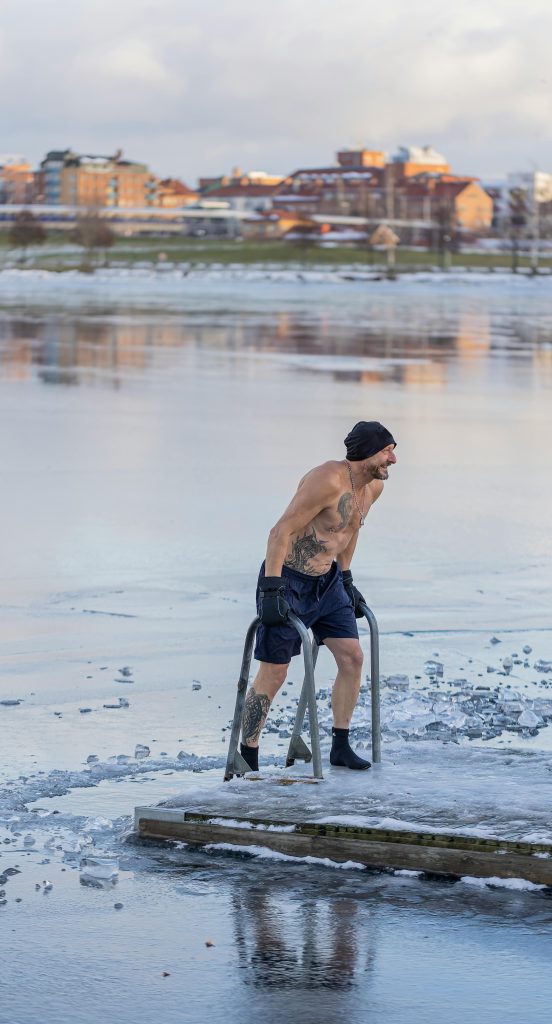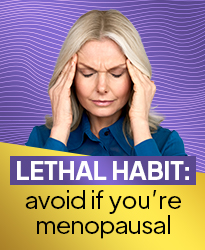Cold therapy, also known as cryotherapy, has been practiced for centuries, with its origins dating back to ancient civilizations that used cold water for therapeutic benefits. In the modern world, the popularity of ice baths, cold showers, and whole-body cryotherapy chambers has surged, particularly in the athletic and wellness communities. But what exactly is the science behind cold therapy? How does it benefit the body? In this blog post, we will explore the mechanisms of cold therapy, focusing on its physiological effects, potential benefits, and scientific research surrounding it.
What Is Cold Therapy?
Cold therapy involves exposing the body to cold temperatures for a controlled period. There are various forms of cold therapy, the most common being:
- Ice baths: Submerging the body (or a part of it) in cold water, usually between 50°F and 59°F (10°C to 15°C), for about 10-15 minutes.
- Cryotherapy: Exposure to extremely cold air (often below -200°F or -129°C) in a specialized chamber for short durations, typically between 2-4 minutes.
- Cold packs and localized ice application: Used to target specific body areas for injury recovery and inflammation reduction.
The primary goal of cold therapy is to reduce inflammation, relieve muscle soreness, and promote overall recovery. But the benefits of cold exposure extend beyond just athletic recovery, with applications in mental health, immune function, and chronic pain management.
The Physiological Effects of Cold Therapy
The body’s response to cold exposure involves several physiological processes. Let’s break them down:
1. Vasoconstriction and Blood Flow
One of the most immediate effects of cold exposure is vasoconstriction, or the narrowing of blood vessels. When the body is exposed to cold temperatures, blood vessels constrict to conserve heat, which helps maintain the core body temperature. This constriction reduces blood flow to the skin and muscles, which can help reduce inflammation and swelling in injured or overworked tissues. After cold exposure, as the body rewarms, the blood vessels dilate (vasodilation), leading to a rush of fresh, oxygenated blood to the muscles, which can aid in tissue repair and recovery.
2. Reduced Inflammation and Swelling
Inflammation is a natural immune response to injury or muscle damage, characterized by swelling, heat, and pain. While inflammation is necessary for healing, excessive or prolonged inflammation can delay recovery and contribute to chronic pain. Cold therapy reduces inflammation by lowering tissue temperature, which slows down cellular metabolism and the production of pro-inflammatory molecules, such as cytokines. By minimizing the inflammatory response, cold therapy can alleviate pain and swelling in muscles and joints, speeding up the recovery process.
3. Pain Relief and Nerve Sensitivity
Cold exposure numbs nerve endings and decreases nerve transmission, which can reduce pain perception. This is why applying ice to an injury provides immediate relief—it decreases the sensitivity of nociceptors, the sensory receptors responsible for sending pain signals to the brain. Cryotherapy has been particularly effective in treating acute injuries, such as sprains or strains, by temporarily reducing pain and making movement easier during the recovery phase.
4. Improved Muscle Recovery
Cold therapy is widely used by athletes to accelerate muscle recovery after intense physical activity. Intense exercise, particularly resistance training or endurance sports, causes microtears in muscle fibers, leading to delayed onset muscle soreness (DOMS). Cold exposure reduces muscle temperature, limiting metabolic activity and slowing the breakdown of muscle tissue. Furthermore, by reducing inflammation and improving circulation, cold therapy helps flush out metabolic waste products like lactic acid, which accumulate in the muscles during exercise.
5. Hormonal Response and Immune Activation
Cold therapy has been shown to stimulate the release of several important hormones and proteins, which can positively affect immune function and mood. Exposure to cold has been linked to an increase in norepinephrine, a hormone that plays a key role in focus, alertness, and mood regulation. This may explain the mental clarity and mood boost often reported by people who regularly practice cold therapy. Additionally, some studies suggest that cold exposure can boost the production of certain anti-inflammatory proteins and enhance the body’s ability to fight off infections.
Ice Baths vs. Cryotherapy: How Do They Compare?
While both ice baths and cryotherapy aim to deliver similar benefits, the methods and mechanisms differ.
Ice Baths
Ice baths involve submerging the body (or parts of it) in cold water for an extended period, typically 10 to 20 minutes. The relatively mild cold temperatures of ice baths (around 50°F to 59°F) offer a more gradual cooling effect compared to cryotherapy. Ice baths have been widely studied for their benefits in reducing inflammation, alleviating muscle soreness, and improving recovery after intense exercise. This makes them a go-to treatment for athletes recovering from high-impact sports like football, running, or weightlifting.
Cryotherapy
Cryotherapy exposes the body to extremely cold air in a specialized chamber for a short duration, usually 2 to 4 minutes. The temperatures in cryotherapy chambers are significantly colder than ice baths, sometimes as low as -220°F (-140°C). Because the exposure is brief and the cooling effect is more rapid, cryotherapy is often favored by individuals who are short on time but still want the benefits of cold therapy. There is some debate about whether cryotherapy is more effective than ice baths, as much of the scientific literature has focused on traditional cold water immersion.
The Science Supporting Cold Therapy
While cold therapy has gained widespread popularity, it’s important to note that the research surrounding its benefits is still evolving. Many studies support the use of cold therapy for muscle recovery, inflammation reduction, and pain relief, but there are also limitations and conflicting findings in some areas.
Research on Muscle Recovery and Performance
A 2012 study published in The Journal of Strength and Conditioning Research examined the effects of cold-water immersion on muscle soreness and recovery. The study found that participants who used cold-water immersion after intense exercise reported less muscle soreness and demonstrated improved recovery compared to those who did not use cold therapy.
However, other research has suggested that while cold therapy may reduce soreness, it may also blunt some of the benefits of exercise adaptation. A 2015 study published in The Journal of Physiology found that regular use of cold-water immersion after strength training reduced muscle gains over time compared to participants who did not use cold therapy. This suggests that while cold therapy can speed up short-term recovery, it may have long-term trade-offs in terms of muscle adaptation.
Inflammation Reduction and Pain Management
The anti-inflammatory effects of cold therapy have been well-documented. For instance, a 2017 review published in Frontiers in Physiology highlighted how cold therapy reduces cytokine production and inflammation in injured tissues. This makes it a useful tool for treating acute injuries and chronic pain conditions such as arthritis.
Mental Health and Immune Function
The impact of cold exposure on mental health has been an area of growing interest. Studies suggest that cold therapy may help alleviate symptoms of depression and anxiety by increasing the release of neurotransmitters like norepinephrine and endorphins. Additionally, some research has explored the effects of cold therapy on the immune system, with findings indicating that regular cold exposure can stimulate immune activity, potentially lowering the risk of illness.
Are There Risks to Cold Therapy?
While cold therapy offers several benefits, it is not without risks, especially when not performed correctly. Prolonged exposure to extreme cold can lead to frostbite or hypothermia. It is essential to follow recommended guidelines for the duration and temperature of cold exposure. People with cardiovascular conditions or those who are pregnant should consult a healthcare professional before trying cryotherapy or ice baths.
Conclusion
Cold therapy, in the form of cryotherapy and ice baths, is backed by solid scientific principles related to inflammation reduction, pain relief, and muscle recovery. Whether you are an athlete seeking faster recovery or someone dealing with chronic pain, cold therapy can offer benefits when used appropriately. However, the scientific community continues to explore the long-term effects and optimal applications of cold exposure, and individuals should balance its use with their overall health and fitness goals.
Incorporating cold therapy into your routine can offer a powerful tool for both physical recovery and mental well-being, but as with any therapeutic practice, it is essential to listen to your body and proceed with caution.




